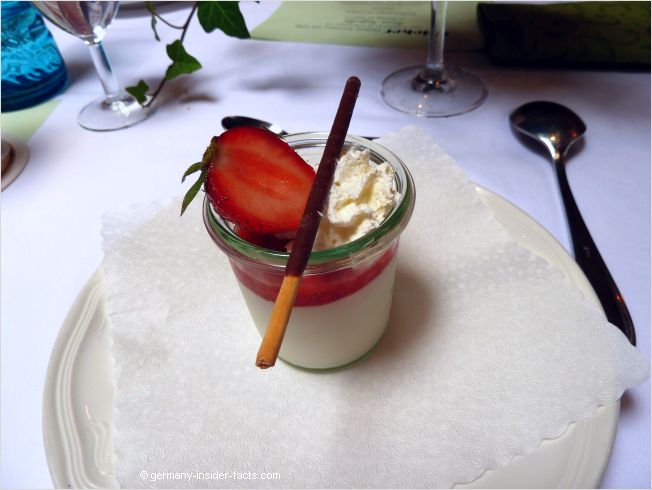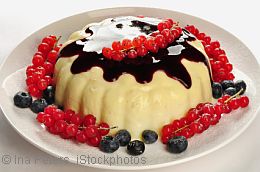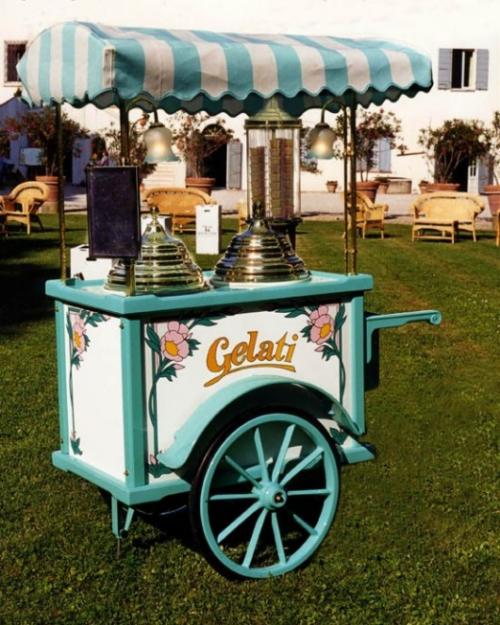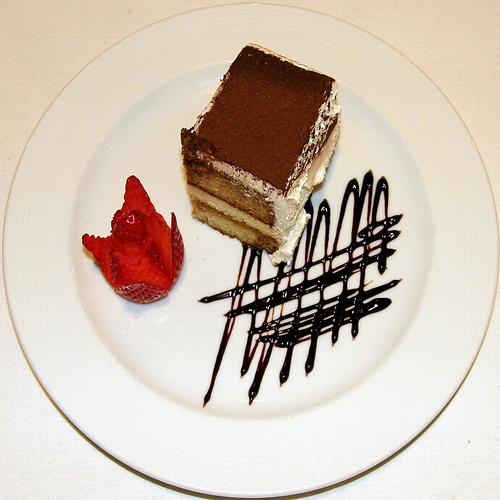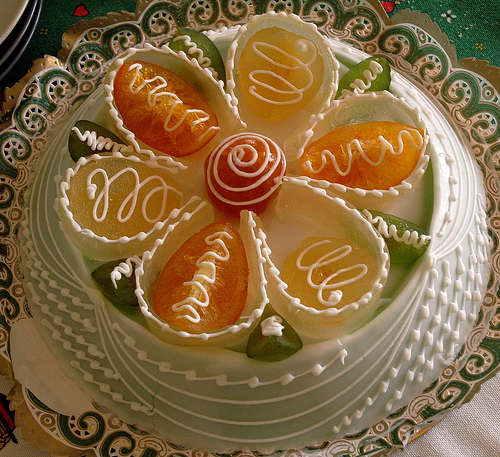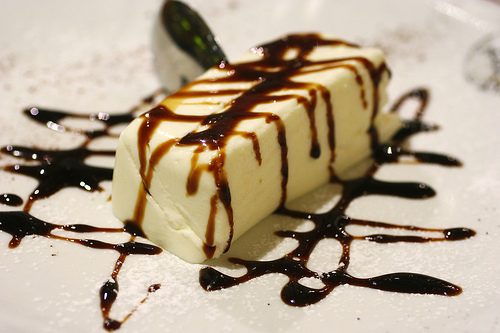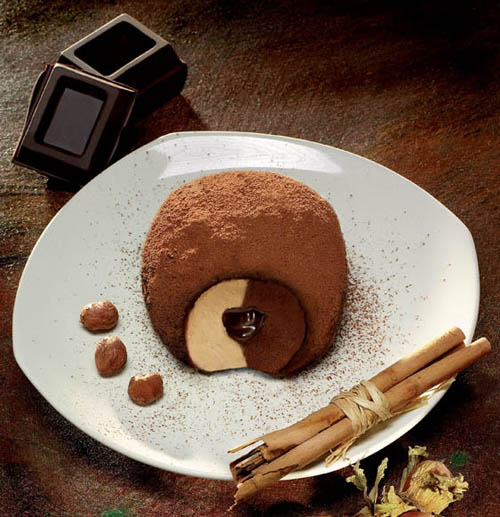The Delicious Road: A Japanese Dessert Journey
Desserts, on the other hand, are one of the best ways to bring cultures together. Who doesn’t enjoy sampling treats from around the world? Japan has its fair share of fine confectioneries, and most of them won’t even induce that wide-eyed “seriously, Japan!?” look.
Eight Steps to Deliciousness
We’re going to travel through Japan from north to south, looking at a dessert associated with each of the country’s eight major regions. But first, a few broad observations.
Japanese desserts, referred to broadly as wagashi, feature four principal recurring components: mochi (rice flour cake), bean paste (especially “red bean paste”, made from azuki beans), fruit, and gelatin (especially agar, derived from algae). These components are also found in many regular, non-dessert foods. When used in desserts, however, they’re generally sweetened with the addition of honey or sugar.
Not too sweet though. If there’s one major barrier to Westerners enjoying Japanese goodies, it’s an expectation of overwhelming sweetness. As is often the case, Japan’s approach is more subtle. Well, except when they do things like deep-frying ice cream hot dogs…but we’ll get to that later.
It’s time to take a tasty trip through Japan, from top to bottom. Let’s-a-go!
Hokkaido: Japanese Cheesecake
Hokkaido is the most northern, and least populated, of Japan’s main islands. Here we find our first dessert: cheesecake.
That might not sound like a very Japanese choice to start with, but we’re talking a different sort of cheesecake here. Japanese cheesecake is light, fluffy, and smooth. It’s less rich and sweet than most American or European cheesecakes.
Why Hokkaido? Well, this island happens to be the agricultural heart of Japan, particularly renowned for its dairy products. It’s only natural to try making cheesecake when local producers supply the wheat, egg, sugar (often made from beets), milk, and cheese. Naturally, Hokkaido cuisine in general is heavily influenced by these ingredients.
Tohoku: Edamame Mochi
Tohoku is the northernmost part of Honshu (the main island of Japan), with relatively harsh weather and low population. Here we’re going to sample a much more Japanese-sounding dessert: edamame mochi. This dish originates from Sendai, the principal city of Tohoku.
Mochi is simply cake made from powdered rice (known as rice flour or rice starch) that cooks to a soft, somewhat gummy consistency. It can serve as a meal or dessert, and is often stuffed with filling, such as bean paste or fruit. Bits of mochi can be mixed into soup or ice cream.
Edamame (also known as zunda) refers to immature soybeans, which make an excellent paste (unlike mature soybeans, which are too hard to mash). Immature soybeans are often eaten on their own, sometimes as an appetizer. Edamame paste, like bean paste generally, can be used either for meals (e.g. soup, dumplings) or desserts (e.g. cakes, jellied candies).
Kanto: Coffee Jelly
Alrighty, time for a dessert that might sound kinda weird. Do you like coffee? Really really like it? So much that you’d even consume it in jelly form?
Kanto is the easternmost region of Honshu, containing about a third of Japan’s population, mostly in the metro area of Tokyo. Coffee jelly was invented, likely in this region, during the nineteenth century. Under the influence of European culinary traditions and café culture, moulded jelly dishes were merged with coffee in a stroke of Japanese genius.
This will be the simplest recipe on our journey, consisting merely of coffee, sugar, and gelatin. Once again, sugar is added in moderate amounts, avoiding excessive sweetness. The coffee, however, is often quite strong, making coffee jelly a capable pick-me-up.
This isn’t some niche product, either; coffee jelly is commonly available in restaurants and convenience stores across the country. The jelly may be eaten on its own, or added to ice cream, milkshakes, coffee (!), or tea. When eaten alone, coffee jelly may be garnished with bean paste, whipped cream, or condensed milk.
Chubu: Uirou
Chubu is basically the middle of Japan. Here we find uirou, a derivative of mochi. Uirou is associated particularly with Nagoya, the largest city of the Chubu region.
Like mochi, uirou is a mildly sweet cake made from rice flour. But while mochi uses glutinous rice (aka sticky rice), uirou uses non-glutinous rice, resulting in a chewier texture. Uirou are traditionally flavoured with azuki bean or green tea, and are typically brightly coloured, in such hues as green, brown, orange, and pink.
Kansai: Ice Hot Dog
We now move to Kansai, the southern-central region of Japan. The primary city of this region is Osaka, the second-largest city in the country. Here you’ll find Amerikamura (“American Village”), an American-style retail/entertainment district. Within this district, you’ll find a glorious union of American
gluttonyjoie de vivre and Japanese weirdness: the
ice hot dog!
Instead of a regular hot dog bun, you have a sweetened “candy bun”. And instead of a hot dog, you have ice cream (made from Hokkaido milk, natch). And it’s deep fried.
Need I say more? This invention alone proves the importance of cultural fusion.
Chugoku: Maple Leaf Manju
The southernmost region of Honshu, Chugoku, is famous for its spectacular autumn leaves. Not surprisingly, this inspired the creation of at least one local dessert: maple leaf-shaped manju cakes, known as momiji manju. (Manju is a minor variation of mochi, in which the dough is well-kneaded before cooking.) Momiji manju are sometimes fried, resulting in age momiji.
Traditionally filled with red bean paste, momiji manju (like wagashi generally) today feature a wide range of fillings, including fruit, chocolate, and custard. Momiji manju cakes date to the early twentieth century, when they were created in Miyajima. Incidentally, Miyajima is also home of the world’s largest spatula! Presumably, this is much less of a tourist draw than the leaves.
Don’t leave your manju unattended. Miyajima features a healthy
population of deer, which have apparently developed a taste for momiji manju. They might sneak a bite if you aren’t careful!
Shikoku: Sudachi
Shikoku, the smallest of Japan’s four main islands, is the home and main producer of sudachi, a citrus fruit similar to lemon or lime. The sour juice of the sudachi is used as a condiment with many meals, including fish, noodles, and vegetables. It’s also a standard flavouring in mass-produced foods, including soda and alcohol.
Just like lemon and lime, sudachi is an extremely versatile dessert flavouring. You can find sudachi-flavoured mochi, bean paste, gelatin, mousse, and ice cream.
Kyushu: Sweet Potato
Our final stop is Kyushu, the island that forms the southern tip of mainland Japan. Kyushu is renowned for its Japanese sweet potatoes. Enjoyed baked or fried, alone or as part of a larger dish (e.g. salads, stews), Japanese sweet potatoes have a relatively dry consistency and chestnutty flavour. Roasted sweet potatoes (yaki imo) are popular street vendor fare.
But where does the sweet potato fit in, dessert-wise? That would be ikinari dango (pictured above), a dish associated primarily with Kumamoto, the capital city of Kumamoto Prefecture. Ikinari dango are dumplings, each containing a chunk of sweet potato covered in red bean paste.
Not in the mood for fancy schmancy? Well, you could just take chunks of sweet potato, coat ’em in sugar or honey, and deep fry ‘em. The scrumptious result, pictured above, is known as daigaku imo.
Such Sweet Sorrow
One might say that Japanese dessert cuisine embodies a curious duality. On the one hand, half of the recipes explored by this article are based on mochi (or something derivative of mochi), often with a filling of bean paste. This reflects a strong current of restraint and conservatism.
On the other hand, Japanese desserts also venture in unusual directions, including coffee gelatin, sugary sweet potatoes, and deep fried ice cream hot dogs. Clearly, even as tradition is staunchly maintained, Japanese chefs enjoy developing novel recipes.
Altogether, the Japanese dessert world yields a lively mixture of conservative and radical. And it’s delicious.


